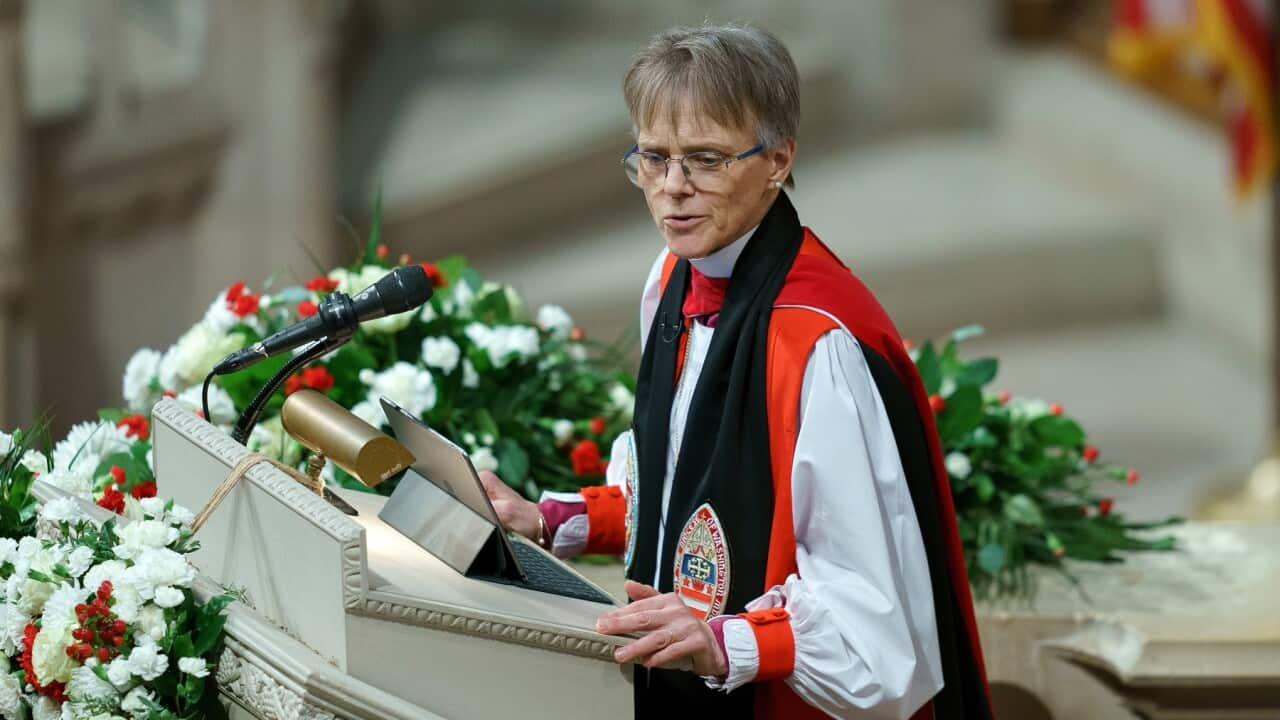TRANSCRIPT
Australia's federal budget is on track for its first budget deficit since Labor was elected in 2022, but according to Treasurer Jim Chalmers, this is still a good sign.
"Two surpluses in the first two years, a smaller deficit this year, and even with some slippage in subsequent years, a $200 billion improvement in the budget position since we were elected means much less debt for Australians to repay."
According to the latest Mid-Year Economic and Fiscal Outlook, Australia is predicted to record a deficit of $26.9 billion dollars this financial year, which is $1.4 billion smaller than was predicted at the budget in May.
However, it's also predicted that the deficit will continue in the next few years, with an increase to $46.9 billion in the next financial year.
The deficit comes as Treasury expects to collect $8.5 billion less company tax over the next four years, as a result of China's weakening demand for Australia's iron ore due to its ongoing economic slowdown.
But Mr Chalmers insists that Australia has struck a balance in the numbers, and Australians should brace themselves.
"We need to remember in the international context, that most of the OECD has a negative quarter of growth, we have escaped a negative quarter of growth to date, our growth debt position is a fraction of what we see in comparable countries, and our budget improvement since 2021 has been much faster than the average of advanced economies and the specific comparison with economies that we usually refer to. So we have made a lot of progress."
The government also expects to spend $733.1 billion, which is $4.4 billion higher than in the budget in May.
The spending will be put into new payment for childcare, aged care and other initiatives.
But Labor's plan to increase spending been attacked by Opposition finance spokesman Angus Taylor.
"This is the biggest spending government we have seen outside of wartime or crises. And there is absolutely no pathway in this update to a restoration of Australia's standard of living."
Mr Taylor also cited the latest data on Australia's GDP per capita, which recorded the seventh consecutive fall since September 2023.
For the recent September quarter, Australia also recorded the slowest pace of GDP growth in the past two decades, with government spending being the main driver of the growth.
The latest inflation rate data also showed in the September quarter, inflation fell to 2.8 per cent, the lowest in more than three years.
The Reserve Bank has kept the interest rate unchanged at 4.35 per cent since November last year.
Pradeep Phillip is the Lead Partner for Deloitte Access Economics.
He says alongside with the spending, the forecast of deficit also reflects the gravy train* of the rest of the world handing Australia a paycheck has come to a standstill.
"And what we now know is that our tax base isn't sufficient to make sure that our spending is sustainable. Now, successive governments over a long period of time haven't paid enough attention to economic reforms and tax reforms to ensure that our fiscal base is sustainable, so the next agenda going forward, from both sides of politics, is that we need to make sure we have fiscal sustainability, underpinned by good evaluation of spending, and tax reforms that are going to incentivise investments."
Economist Chris Richardson says the mid-year update shows the Labor government has taken the opportunity of spending, but they are also running out of luck.
"The government hasn't lost control, but it's done what most governments would do when they get a windfall. They made some prominent promises of the back of temporary good news. That's a very old mistake, we are seeing it again, the good luck of the moment is now starting to peter out. But what if we get bad luck? It will be silly to do the opposite what we've been doing during the good luck, to see big cut backs, hurting people when the budget was under pressure, I'm not sure the government heads this the right way around."
The paper also predicts the increase of the international student visa fee, which will be raised from $710 to $1600 from February next year, will raise $1.7 billion dollars over five years from the last financial year.













